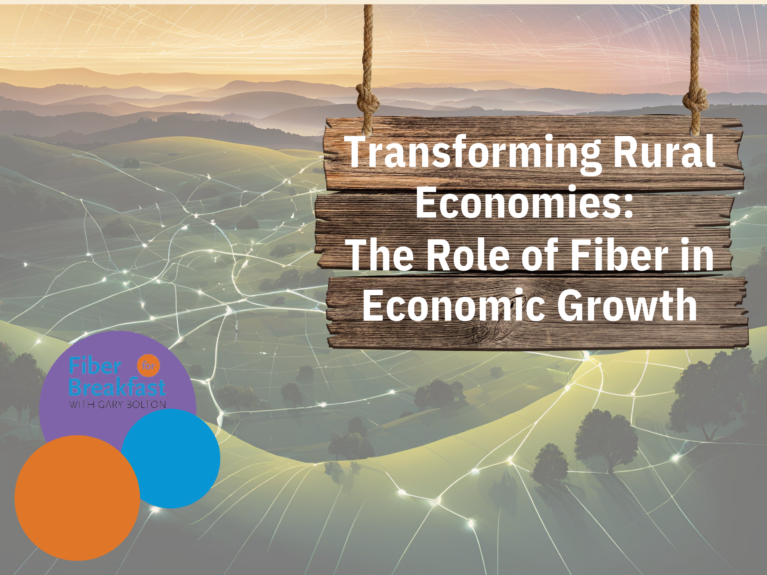The Changing Role of Municipal Broadband in the BEAD Era
The Changing Role of Municipal Broadband in the BEAD Era
Municipal broadband, broadband Internet access offered by public entities, has now entered a changing role as we enter a new era of public funding with the availability of BEAD. Although there is a massive amount of money to connect these unserved and underserved communities, everyday problems remain.
“Over the past decade, we’ve spent over $90 billion since 2009 trying to close the digital divide, and it is still here,” Tyler Cooper, Editor-in-Chief of BroadbandNow, noted in a Fiber for Breakfast podcast. “Now we’re preparing to spend over 42 billion new dollars to build broadband.”
First and foremost for many municipalities has been the inability to operate broadband networks in their states due to legal restrictions and roadblocks. Even into 2024 and with federal funding, there are still 16 states that have major restrictions on municipal broadband projects when it comes to building and running these networks, an advance from a few years ago when 25 states had restrictions.
Municipalities have success implementing broadband networks in Minnesota and other states that have eliminated legislation preventing or limiting municipalities from offering broadband services, while EPB has thrived despite Tennessee state laws limiting municipal broadband projects to electric utilities and limiting service areas to their electric service footprint.
During his 2020 presidential campaign, President Biden included plans to bridge the digital divide, focusing on a local approach and prioritizing next-generation technologies. It included providing the tools and funds for local solutions so municipalities could build their own networks and removing all state-level barriers restricting the development of municipal broadband.
“Fast forward back to today… we’ve essentially received none of those things,” said Cooper. “The sort of initial focus on municipalities has been replaced by a vague commitment to expand internet access through various means, including very good things like public-private partnerships.”
Even with all of the new funding in motion to connect the unserved and underserved around the country today, there are many obstacles that still remain, including the FCC creating a sustainable subsidy program for rural broadband. Cooper added that although the BEAD grants are a major mechanism to help close the digital divide, there are still many barriers that the Biden administration and future administrations must push through in order to deploy fiber and be able to sustainably operate new networks.
For more on how municipal broadband needs to continue to shift its role to bridge the digital divide, listen to the latest Fiber for Breakfast podcast.
Learn about BroadbandNow’s findings in the research report – Municipal Broadband Remains Roadblocked In 16 States – BroadbandNow
###



